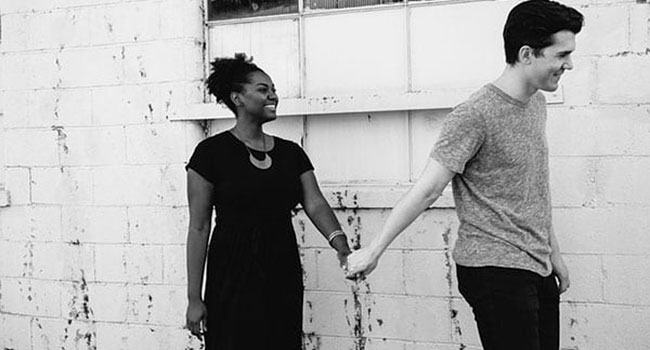 We’re often told that Canada and the U.S. are racist societies. But amidst all the demands from minority advocates and hand-wringing among ‘social justice’ champions, the reality is quite different.
We’re often told that Canada and the U.S. are racist societies. But amidst all the demands from minority advocates and hand-wringing among ‘social justice’ champions, the reality is quite different.
In fact, in Canada and the United States, racial intolerance has declined remarkably.
There are clear indications in recent Canadian surveys of substantial racial tolerance and acceptance.
For example, in a survey on immigration, there has been a turn in public opinion between 2005 and 2015 against too much immigration. While in 2015, 46 per cent of Canadians said there was too much immigration, only 41 per cent said that there were too many visible minorities immigrating. Canadians were less concerned about visible minorities immigrating than about the level of immigration generally.
And this was also true for all surveys between 1995 and 2015. In another survey, respondents were asked: “Visible minorities now comprise 16 per cent of Canada’s population. How would you characterize that proportion?” Only nine per cent of respondents said the proportion was too large. An absolute majority of respondents in this Canadian survey said it “Doesn’t matter” what percentage of Canadians are visible minorities.
In the U.S., whites’ attitudes about blacks have changed markedly over the decades. In 1940, only 31 per cent of Americans approved of whites going to school with blacks. By 1995, the proportion who approved was 96 per cent.
Similarily, American whites’ attitude toward intermarriage with blacks went from four per cent approval in 1958 to 86 per cent approval in 2007.
Further surveys show that whites’ attitudes toward blacks have moved strongly toward tolerance and acceptance.
At the same time, Americans reject racial preferences and affirmative action, and blacks’ support for affirmative action has plummeted.
How does the decline of prejudice and discrimination, and the increase in tolerance and acceptance manifest in people’s lives? Let’s consider acceptance in the most intimate of relationships, through mixed race marriages.
In Canada, many visible minorities marry in mixed unions. Japanese-Canadians marry outside their group 78.7 per cent of the time. Individuals with ancestry in two or more visible minority groups marry outside their category 64.9 per cent of the time. Members of smaller groups of visible minorities marry outside 52.4 per cent of the time. Canadians with Latin American backgrounds marry out 48.2 per cent of the time. Black Canadians marry non-blacks 40.2 per cent of the time. Filipino Canadians, Arab Canadians, Korean Canadians and Southeast Asian Canadians marry out in the 20 per cent range, with West Asian Canadians and Chinese Canadians just below. South Asian Canadians marry out 13 per cent of the time.
The relatively low level of outside marriage among Chinese and South Asian Canadians is probably influenced by two factors, one cultural and the other demographic. Chinese and South Asian cultures emphasize extended, multi-generational families and arranged marriages. The demographic factor is that Chinese and South Asian Canadians are the two largest cultural groups among Canadian visible minorities, the former having 351,640 married couples, the latter 407,510 married couples. In-marriage reflects that these groups densely populate some locations, limiting access to outsiders, and that there’s a wide range of choice within each group for selecting marriage partners.
In 1991, 2.6 per cent of all Canadian marriages were mixed; in 2001, 3.1 per cent were mixed; and in 2011, 4.6 per cent were mixed. The demographic factor here would be that there are many more Canadians who aren’t members of a visible minority than members of visible minorities.
In the United States, interracial marriages have increased substantially. In 1967, three per cent of all marriages were interracial. By 2015, 17 per cent of all marriages were interracial.
The increased attitudinal racial tolerance and acceptance in recent decades is manifested in the major increase in interracial marriages.
As anthropologist Lisa Edelsward has suggested, the apparent increase in racial conflict may well be a result of the increased equality of the races and the jockeying for influence. The conflict is difficult to deal with but the increased equality brings us closer to fulfilling our ideals.
Even with the apparent increase in conflict encouraged by a small numbers of activists, we should not lose sight of the mostly positive race relations we have in North America.
Philip Carl Salzman is professor of anthropology at McGill University, senior fellow at the Frontier Centre for Public Policy, and fellow of the Middle East Forum.
The views, opinions and positions expressed by columnists and contributors are the author’s alone. They do not inherently or expressly reflect the views, opinions and/or positions of our publication.


